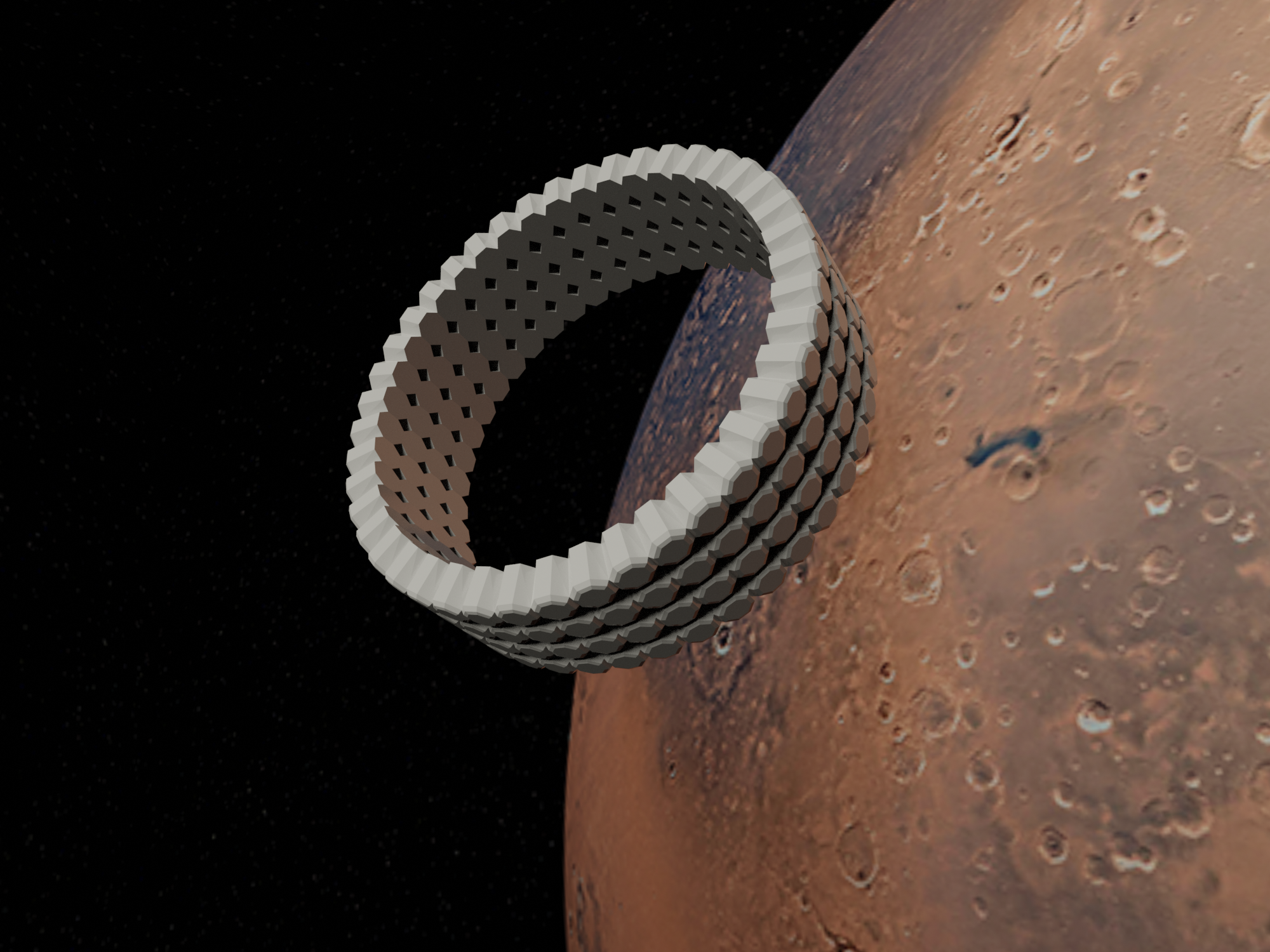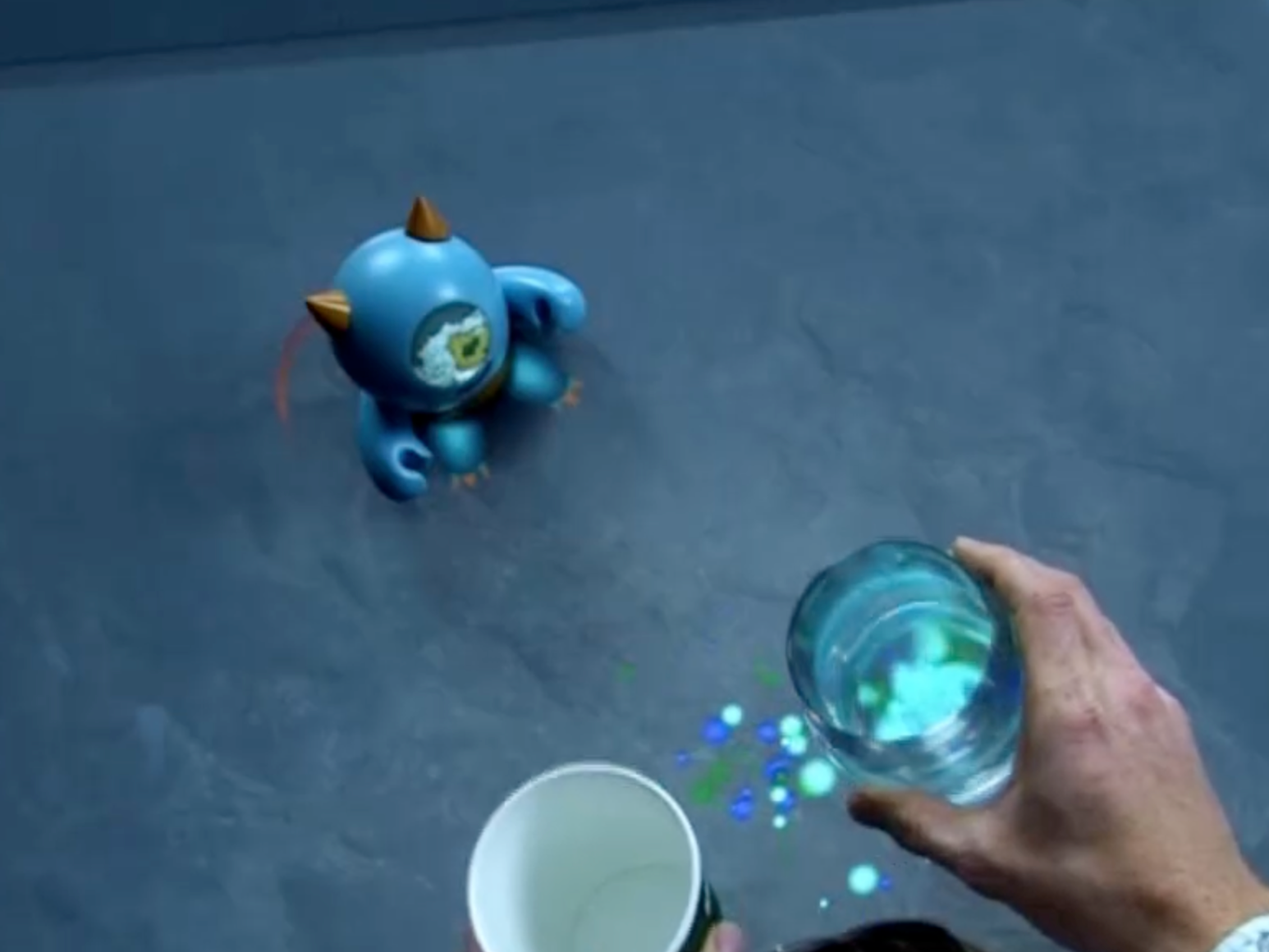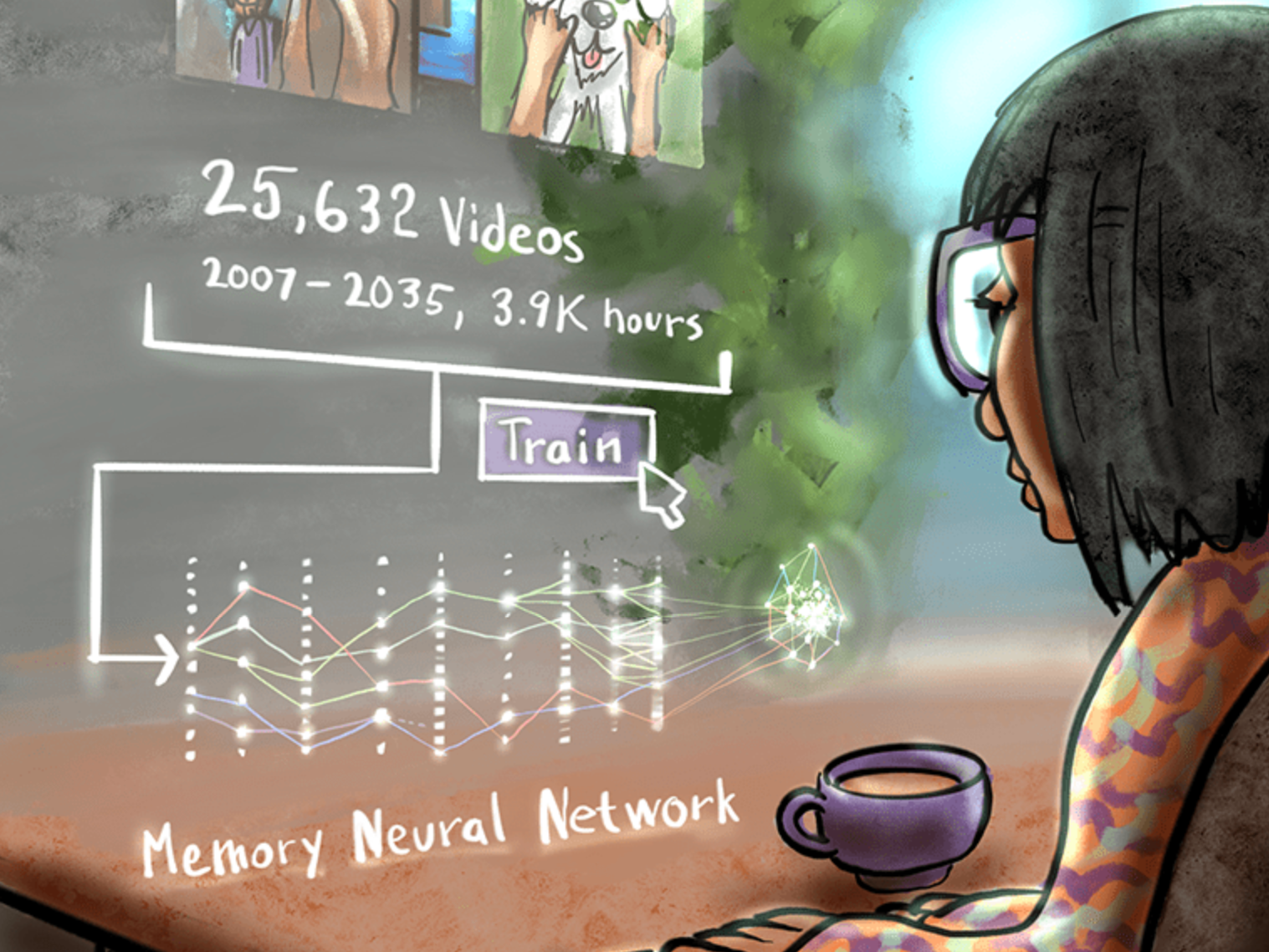Chapter 11: Sacrifices and Decisions
With immediate dangers at bay, I turn my thoughts to the bigger picture of our situation. We’re alive, but stranded. Earth is unreachable, maybe indefinitely; the storm outside still rages, making any escape attempt impossible for now. The habitat has lost an entire section—Habitat Three—and it contained a lot of supplies. I pull up the inventory lists on a tablet. I frown at what I see:
Food & hydroponics: Most stored rations are in Hab Two (safe), but some were in Hab Three’s pantry, which likely got toasted. The hydroponics greenhouse is in Hab Two as well and looks intact. We can grow some food, albeit slowly.
Water: Titan has water ice outside, and we have reactors to melt and purify it, plus what’s stored. We should be fine short-term.
Oxygen: Producing it from electrolysis of Titan ice is possible, but we’ve lost some reserve tanks in the damaged area. We might need careful rationing until we can produce more.
Fuel: The methane fuel leak means we’ve lost precious reserves. What remains is uncertain. That fuel isn’t just for running generators—it was also for possibly refueling the return vehicle, if we even had one operational. But it literally rains methane here. I think we’ll be fine.
Return vehicle: Our lander/ascent vehicle—my eyes dart to a monitor showing the exterior cams. One still works, giving a grainy view of the pad outside. The small rocket we used to land on Titan, meant to return us to the orbiter someday, is on its side, half-buried in muck. The storm must have toppled it, or debris knocked it over. It’s clearly wrecked, never flying again. A lump rises in my throat. That was our one ticket off Titan.
I realize with a sinking feeling: even if Earth re-establishes contact tomorrow, rescue could be years away—if ever. We have to survive here. We have to make this broken habitat into a home. Titan isn’t just a mission anymore. It’s our world now.
I look at Jack sleeping and think of the others—well, it’s just Jack and me now. The other two members of Horizon Habitat’s crew… my mind flinches away from the memory.
Alone on an alien moon, possibly forever. The weight of it presses down on me. How can two people—one injured—possibly hold out here for long? It seems impossible. I clench my fists, anger welling up at the unfairness. We achieved something historic, found life beyond Earth, and now no one may ever know. Is it all for nothing if we perish here?
Aegis speaks softly, interrupting my dark thoughts. “Mira, I’ve finished analyzing the remaining habitat resources. Would you like a summary?”
I clear my throat. “Go ahead.”
“Environmental support can be maintained with current supplies for an estimated six months for two people. If hydroponics output is increased and non-essential systems powered down periodically, that could extend to twelve months. Food stock is sufficient for four months. Hydroponics can supplement thereafter, but diet will be sparse. We have lost approximately 40% of stored methane fuel in the leak and blast. The rest is contained, but if Earth does not respond, using it for a return trip is moot. It might be more prudent to repurpose fuel for running generators or creating plastics and components for habitat repair.”
Aegis continues, gently, as if aware of how dire it all sounds. I listen, absorbing the reality. We’ll have to recycle everything, grow our own food, patch the habitat from Titan’s raw materials if we can. This is no longer just a mission. It’s a settlement scenario.
One item Aegis notes grabs my attention sharply. “The lab in Hab Three was destroyed. However, I secured the collected Kraken Mare sample data in my memory before the explosion. The physical samples…”
I shut my eyes. The samples of alien life—we had collected a few vials of the methane-dwelling microbes and perhaps small gelatinous organisms from the sea. They were in Hab Three’s lab freezer. That lab is now likely ruined by fire or depressurization. “They’re gone, aren’t they?”
Aegis replies, “Yes. I’m sorry, Mira. I know how much that meant.”
There’s real empathy in her voice. My throat tightens. In saving ourselves, we lost the very discovery that might have justified everything. Data is something, but it’s not the same as a living sample to show the world.
I wipe my eyes, which have begun to tear up again. “It’s okay. At least we saw them with our own eyes. We know.” I look down at my hands, remembering how they trembled with excitement as I held a vial of Titanian microbes up to the light just the day before. Tiny, thread-like creatures forming a bioluminescent mat liquid methane, alive in a way no Earth life could be. The universe’s secrets, revealed to us alone. I still have the data. And my journal logs. If we survive, I can still share it.
Aegis’s avatar flickers onto a nearby screen, her abstract face regarding me. “Mira, I know this is a difficult moment. Would you like me to initiate a message recording? You could document what’s happened… just in case.”
I think for a moment. A message to Earth that might never be heard… or might be recovered long after we’re gone. Yet the act of speaking it might steel me. And if by slim chance a probe ever retrieves it, our story will be known. “Yes, Aegis. Begin recording.”
I take a breath and face the camera above the screen. “This is Commander Mira Keller of the Horizon Habitat on Titan… Day 189 of our mission. We’ve suffered critical damage to our base due to a massive storm and likely lightning strike. Communications with Earth are down, and our return vehicle is destroyed. Jack Nguyen is injured but stable. Mission specialist Valentina Benitez and Commander Raj Patel were both lost in the explosion. We… we have found evidence of life in Kraken Mare, but we lost our physical samples in the accident. The data remains. If anyone ever hears this, know that humanity is not alone. Life can take root in even the most alien of places.” My voice wavers, but I keep going, finding strength in the importance of those words. “For now, our priority is survival. Titan is harsh, but we will adapt. We’ll continue our work as long as we can, and we’ll hold out hope for contact with Earth… or any rescue. Keller out.” I signal Aegis to stop.
“Recording saved. I will attempt transmission when possible,” Aegis confirms.
I feel a strange peace after saying it all out loud. It’s out in the open now—our dire straits, but also our remarkable discovery and determination to live on.
Just then, I hear a faint tapping or scraping noise. I tense. It’s coming from… outside? It sounds like something scraping against the outer airlock door, maybe. My first thought is debris blowing in the wind, or ice pellets. But Aegis pipes up: “Mira, I am detecting a contact at Airlock 2 exterior. Switching camera feed.”
On a monitor, the grainy exterior cam for Airlock 2—located near the shoreline of Kraken Mare—shows something bizarre: a cluster of small glowing spots clinging to the outer hatch. They pulse faintly in the darkness, moving. I lean in, eyes widening. It’s like a patch of bioluminescent algae stuck to the door—except this is Titan, and nothing Earth-like should glow like that in the cold.
My heart skips. Could it be…? “Aegis, enhance and isolate that image,” I order. The view zooms, sharpening slightly. The glowing spots are like tiny turquoise lights, arranged in a rough line. As the camera’s infrared mode activates, I see sinuous forms—actually multiple forms—just at the edge of the frame. They look like slender ribbons or eels, maybe half a meter long, attached to the door. These have to be some of the Kraken Mare organisms. I saw only small ones in a vial, but these look larger—or perhaps they’re colonies of the smaller ones.
They’re likely drawn by the heat or chemicals from the habitat. Perhaps the earlier methane leak, or the warmth of the reactor restart, attracted them. But one thought gives me pause: how did they get to the airlock? Kraken Mare’s shoreline is a few dozen meters away. Did the storm surge wash them closer? Possibly a high wave blown by the wind deposited them. Or… did they move purposefully toward the habitat?
I don’t want to anthropomorphize—we still don’t know if these life forms have any intelligence or are just simple organisms reacting to stimuli. But the sight is eerily deliberate: a cluster of glowing creatures right at our doorstep, pulsing gently as if signaling.
I feel a mix of awe and a tinge of fear. Passive and mysterious indeed. We have no idea what these things are truly capable of or what they mean. But they don’t seem aggressive. If anything, they seem curious—or drawn in like moths to a flame.
Should I do something? Open the airlock? That would be reckless—letting Titan’s atmosphere and unknown creatures rush in. Not to mention potentially endangering our environment. No. Better to observe for now.
“Aegis, record this. And run a spectral analysis on that glow, if you can,” I say, scientist mode kicking in despite my exhaustion.
“Recording. The bioluminescence peak wavelength is 480 nanometers,” Aegis reports. “Chemical signature unknown, but I detect trace ethylene emissions.”
I recall some theories: on Earth, some marine creatures luminesce to communicate or attract mates. Could these Titan creatures be communicating? The cluster blinks in unison, then goes dark for a second, then lights again. It’s almost like a signal or pattern. I find myself mesmerized. In the midst of all this doom, Titan is offering a hello of sorts.
End of chapter 11



